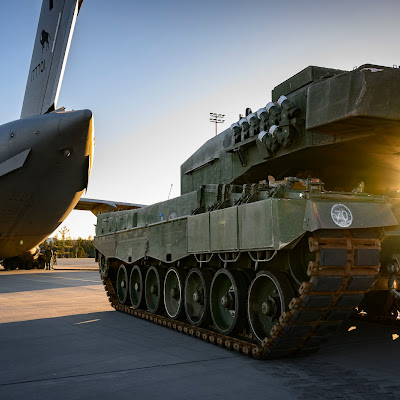Sep
30,
2022
By Stijn Mitzer and Joost Oliemans Abbrevations: - CBAF (Carro Blindado de Apoyo de Fuego) = Armoured Fire-Support Vehicle - CBE (Carro Blindado de Exploración) = Armoured Reconnaissance Vehicle - CBI (Carro Blindado de Infantería) = Armoured Infantry Vehicle - C-AP (Cañón Autopropulsado) = Self-Propelled Artillery -...

















